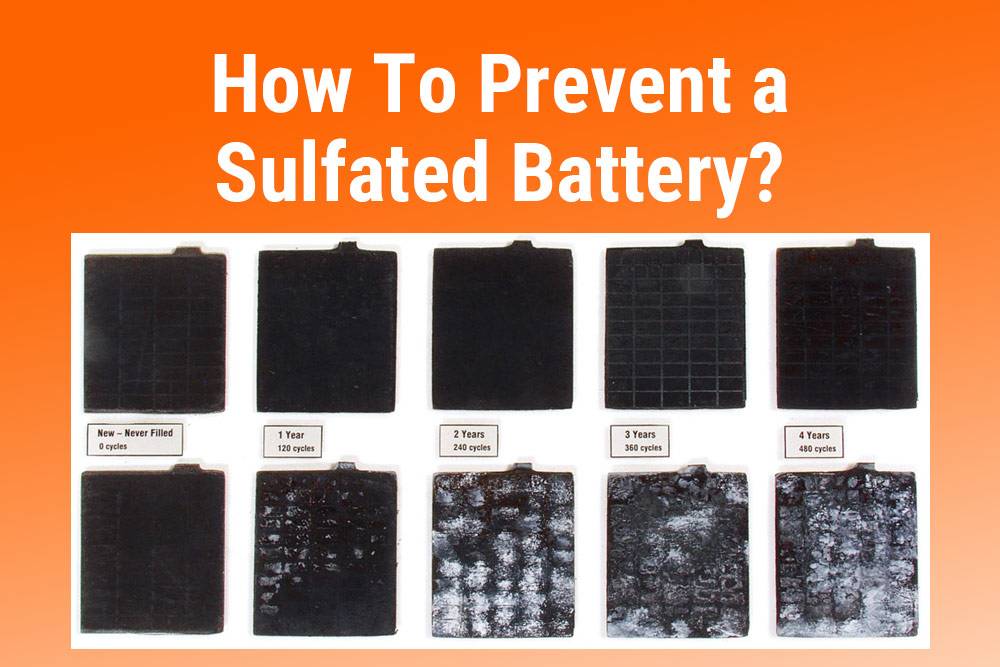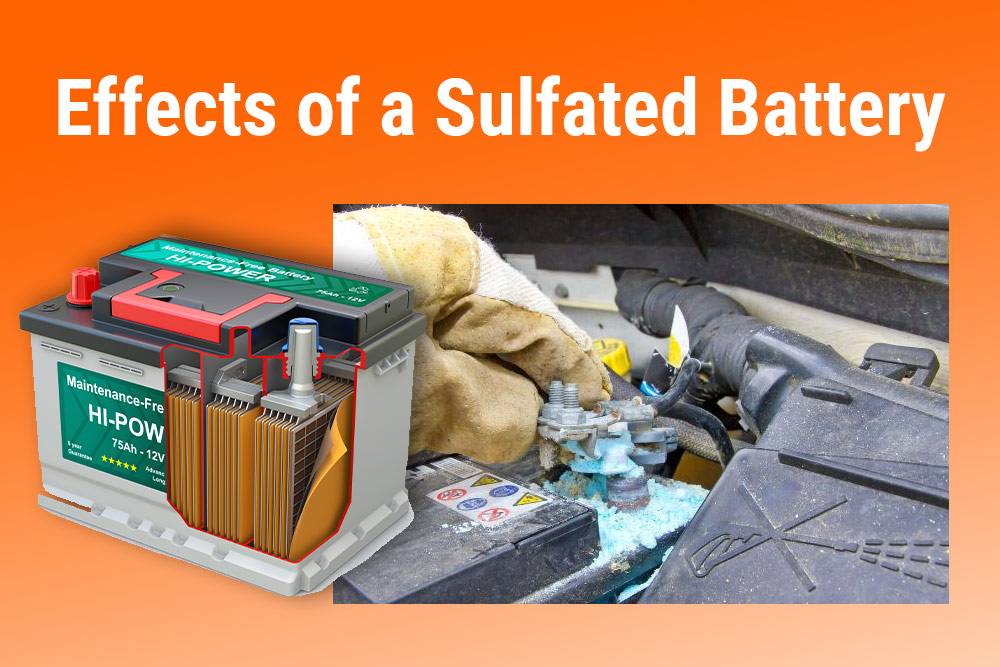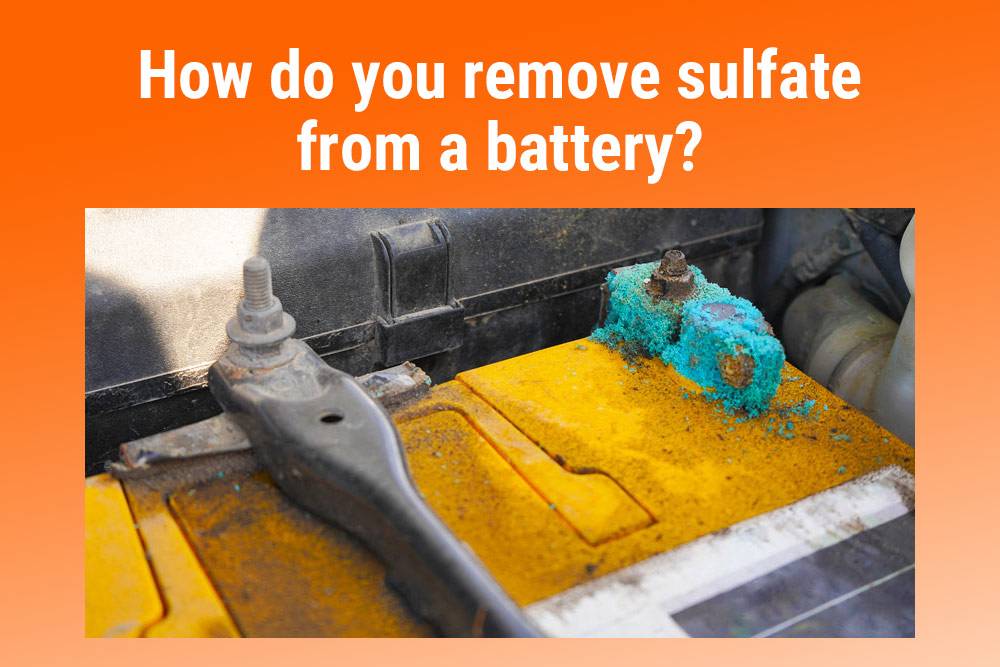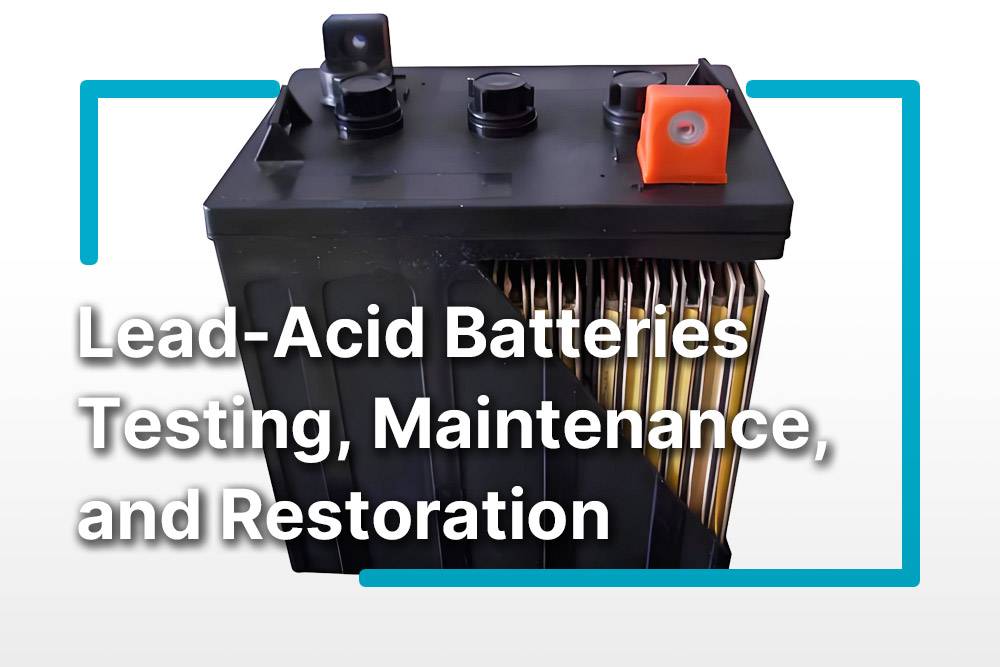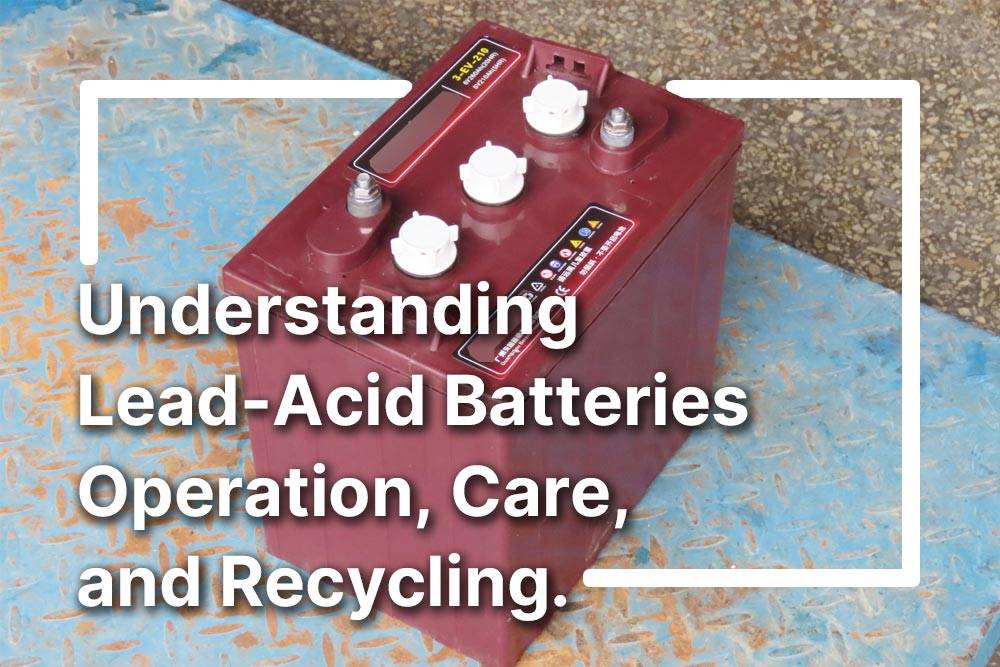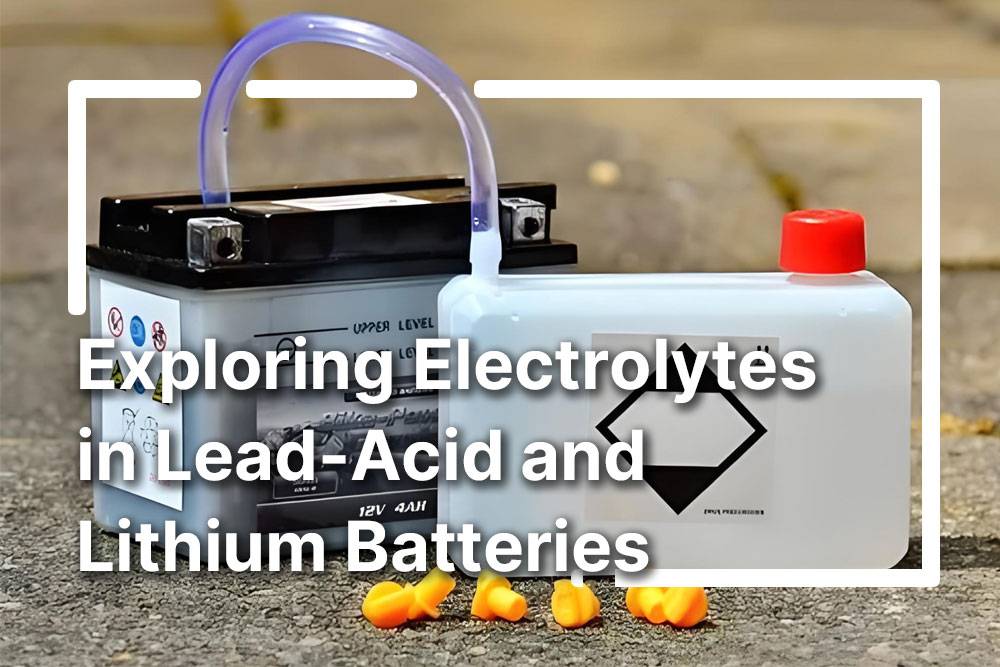- Forklift Lithium Battery
-
48V
- 48V 210Ah
- 48V 300Ah
- 48V 420Ah (949 x 349 x 569 mm)
- 48V 420Ah (950 x 421 x 450 mm)
- 48V 456Ah
- 48V 460Ah (830 x 630 x 590 mm)
- 48V 460Ah (950 x 421 x 450 mm)
- 48V 460Ah (800 x 630 x 600 mm)
- 48V 460Ah (820 x 660 x 470 mm)
- 48V 500Ah
- 48V 560Ah (810 x 630 x 600 mm)
- 48V 560Ah (950 x 592 x 450 mm)
- 48V 600Ah
- 48V 630Ah
-
48V
- Lithium Golf Cart Battery
- 12V Lithium Battery
12V 150Ah Lithium RV Battery
Bluetooth App | BCI Group 31
LiFePO4 Lithium
Discharge Temperature -20°C ~ 65°C
Fast Charger 14.6V 50A
Solar MPPT Charging - 24V Lithium Battery
- 36V Lithium Battery
- 48V Lithium Battery
-
48V LiFePO4 Battery
- 48V 50Ah
- 48V 50Ah (for Golf Carts)
- 48V 60Ah (8D)
- 48V 100Ah (8D)
- 48V 100Ah
- 48V 100Ah (Discharge 100A for Golf Carts)
- 48V 100Ah (Discharge 150A for Golf Carts)
- 48V 100Ah (Discharge 200A for Golf Carts)
- 48V 150Ah (for Golf Carts)
- 48V 160Ah (Discharge 100A for Golf Carts)
- 48V 160Ah (Discharge 160A for Golf Carts)
-
48V LiFePO4 Battery
- 60V Lithium Battery
-
60V LiFePO4 Battery
- 60V 20Ah
- 60V 30Ah
- 60V 50Ah
- 60V 50Ah (Small Size / Side Terminal)
- 60V 100Ah (for Electric Motocycle, Electric Scooter, LSV, AGV)
- 60V 100Ah (for Forklift, AGV, Electric Scooter, Sweeper)
- 60V 150Ah (E-Motocycle / E-Scooter / E-Tricycle / Tour LSV)
- 60V 200Ah (for Forklift, AGV, Electric Scooter, Sweeper)
-
60V LiFePO4 Battery
- 72V~96V Lithium Battery
- Rack-mounted Lithium Battery
- E-Bike Battery
- All-in-One Home-ESS
- Wall-mount Battery ESS
-
Home-ESS Lithium Battery PowerWall
- 24V 100Ah 2.4kWh PW24100-S PowerWall
- 48V 50Ah 2.4kWh PW4850-S PowerWall
- 48V 50Ah 2.56kWh PW5150-S PowerWall
- 48V 100Ah 5.12kWh PW51100-F PowerWall (IP65)
- 48V 100Ah 5.12kWh PW51100-S PowerWall
- 48V 100Ah 5.12kWh PW51100-H PowerWall
- 48V 200Ah 10kWh PW51200-H PowerWall
- 48V 300Ah 15kWh PW51300-H PowerWall
PowerWall 51.2V 100Ah LiFePO4 Lithium Battery
Highly popular in Asia and Eastern Europe.
CE Certification | Home-ESS -
Home-ESS Lithium Battery PowerWall
- Portable Power Stations
How to Prevent a Sulfated Battery
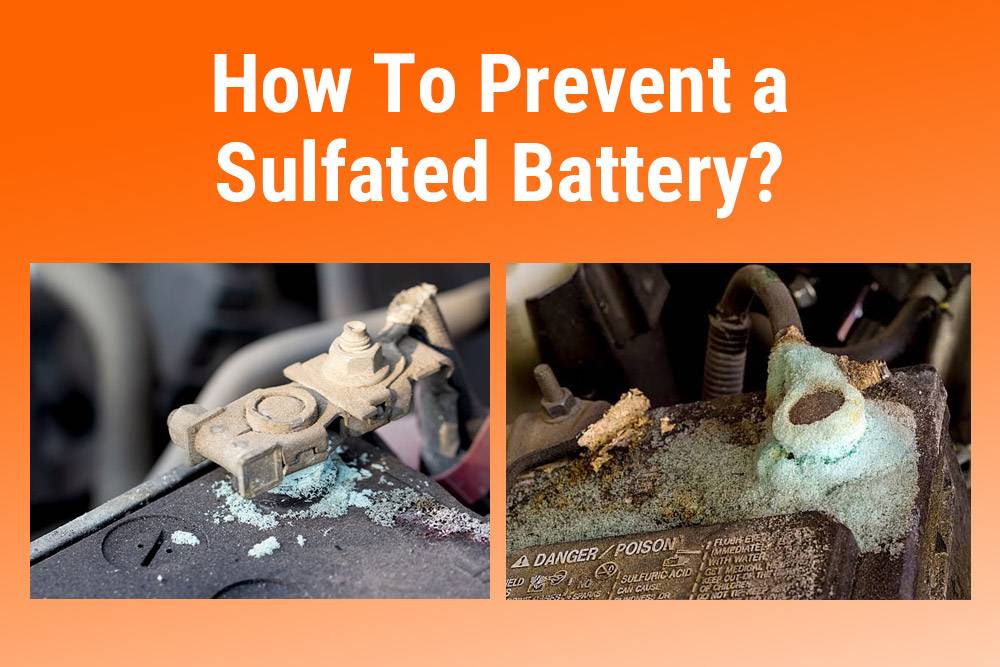
Preventing battery sulfation is crucial for maintaining the longevity and performance of lead-acid batteries. Sulfation occurs when lead sulfate crystals build up on the battery plates, which can lead to reduced capacity and eventual failure. To prevent this, ensure regular charging, avoid deep discharges, and maintain optimal storage conditions.
What Is Battery Sulfation and Why Is It a Problem?
Battery sulfation is the accumulation of lead sulfate crystals on the plates of lead-acid batteries, which occurs during normal discharge and recharge cycles. When these crystals build up excessively, they can hinder the battery’s ability to hold a charge, leading to reduced capacity and premature failure. Understanding sulfation is essential for effective battery maintenance.
How Does Sulfation Occur in Lead-Acid Batteries?
Sulfation occurs due to several factors:
| Factor | Description |
|---|---|
| Deep Discharge | Allowing a battery to discharge below 50% can accelerate sulfation. |
| Prolonged Inactivity | Leaving a battery unused for extended periods leads to sulfate crystal formation. |
| Overcharging | Excessive charging can cause overheating, leading to sulfation as well. |
These conditions create an environment conducive to sulfation.
What Are the Signs of a Sulfated Battery?
Signs that a battery may be sulfated include:
| Sign | Description |
|---|---|
| Difficulty Holding Charge | The battery struggles to maintain voltage under load. |
| Reduced Performance | Electrical components may operate poorly or intermittently. |
| Visible Crystals | White powdery deposits may be seen on the battery plates (in severe cases). |
Recognizing these signs early can help mitigate further damage.
How Can You Prevent Battery Sulfation?
To prevent battery sulfation, consider these strategies:
- Regular Charging: Keep your battery charged above 12.4 volts.
- Avoid Deep Discharges: Do not allow the battery to discharge below 50%.
- Periodic Maintenance: Perform regular inspections and maintenance checks.
Implementing these practices is key to prolonging battery life.
What Maintenance Practices Help Avoid Sulfation?
Effective maintenance practices include:
| Practice | Description |
|---|---|
| Cleaning Terminals | Regularly clean terminals to prevent corrosion that can affect performance. |
| Checking Electrolyte Levels | For flooded batteries, ensure electrolyte levels are adequate; top off with distilled water if necessary. |
| Using a Trickle Charger | Connect a trickle charger during long periods of inactivity to maintain charge levels. |
These practices are essential for keeping batteries in good condition.
How Does Temperature Affect Battery Health?
Temperature plays a significant role in battery performance:
- High Temperatures: Excessive heat accelerates self-discharge rates and increases sulfation risk.
- Low Temperatures: Cold conditions can reduce capacity and efficiency, making it harder for batteries to hold a charge.
Maintaining batteries within optimal temperature ranges is crucial for their health.
What Charging Techniques Can Prevent Sulfation?
Using appropriate charging techniques helps prevent sulfation:
- Smart Chargers: Use smart chargers that adjust voltage and current based on battery needs.
- Equalization Charging: Periodically apply an equalization charge to balance cell voltages in flooded batteries.
- Avoid Overcharging: Monitor charging times and ensure that batteries do not exceed their maximum voltage.
These techniques enhance battery longevity and performance.
Frequently Asked Questions About Battery Sulfation
Q1: Can sulfated batteries be restored?
A1: Yes, if caught early, some sulfated batteries can be restored through controlled charging techniques; however, severe sulfation may require replacement.Q2: How often should I check my battery’s charge?
A2: It’s advisable to check your battery’s charge at least once a month, especially during prolonged storage periods.Q3: What temperature is best for storing batteries?
A3: Batteries should be stored in a cool, dry place where temperatures do not exceed 75°F (24°C) to minimize sulfation risk.
Industrial News: Advances in Battery Technology
The battery technology sector is witnessing rapid advancements aimed at reducing sulfation and enhancing longevity in lead-acid batteries. Innovations include smart charging systems that optimize charging cycles and new materials designed to minimize sulfate crystal formation, improving overall efficiency and lifespan of batteries across various applications.
Redway Power Expert Views on Battery Maintenance
“Preventing sulfation is critical for maintaining the health of lead-acid batteries,” states an expert from Redway Power. “By implementing regular maintenance practices and using proper charging techniques, users can significantly extend their battery life while ensuring reliable performance.”
